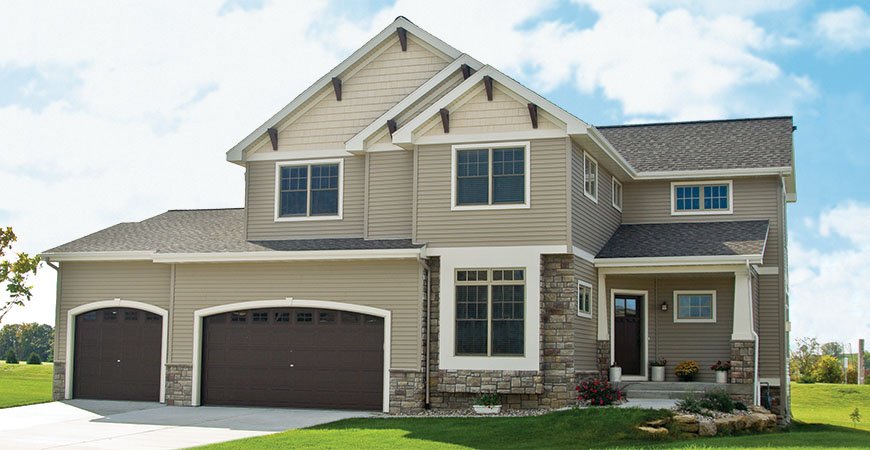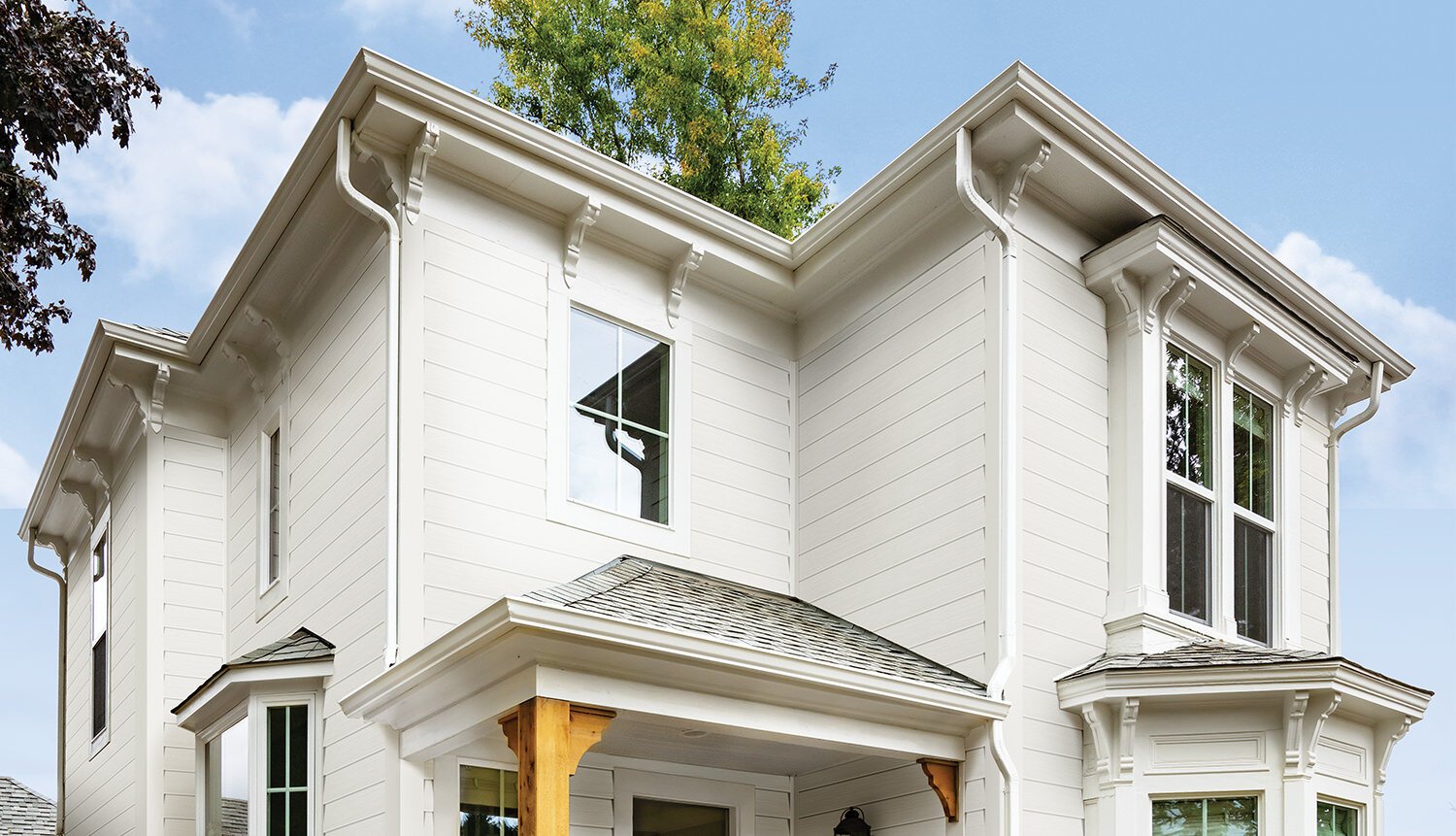5 Things to Think About When Choosing Siding
Siding is one of the largest impacts on the appearance and curb appeal of your home. Getting it right goes beyond just the looks. We recommend thinking through the list of things below when considering which siding product is right for your home.
Home Architecture Style
Siding should always compliment the architectural details and style of your home. We’ve all seen examples of homes that have been remodeled, and some of the new features may look out of place - we want to help you avoid that. Keeping with styles and textures that compliment your home’s architecture style boosts the overall appearance, and keeps things from looking off.
Color
A good color palette for your homes exterior should should start by choosing a primary or base color, and then one or two secondary colors for accents, trim, doors, etc. Your color palette should align with your homes style, and the style of nearby homes, and live in a similar look (light, neutral, dark, or bold color palettes). If you have trouble deciding a good color palette, there are visualizers online which can help you decide on a palette like the Alside Visualizer where you can see different products and colors on a sample home, or you can get bold and upload your own home and test different looks.
Project Budget
The costs involved with different siding products are all different. A project budget will help serve as a guiding light on what siding material will be the most economical and best serve your project goals. Things that will affect the price of siding will be the material type and the technology the product utilizes, as well as installation.
Ease of Maintenance
Not all siding products have the same maintenance requirements. Every homeowner will have a different opinion on how much maintenance they are willing to perform, and that’s okay. For example, some wood siding may need to be touched up or repainted after a period of time due to damage from the natural elements, or a hard board siding may require a caulking touch up after a period of years, while a siding like vinyl is virtually maintenance free with the occasional washing. Consider the amount of maintenance you’re willing to contribute, and let that help you in your decision.
Climate Zone
In colder climate zones, it is recommended to use an insulated vinyl siding product. The added insulation will cut down on heat loss and energy consumption. A composite siding like Chelsea Everlast Composite Siding has advantages in warmer and moderate climates as the product should have better UV protection. Although each will work well in most all climates, the advantages each can have in your climate zone should be considered in your decision.







